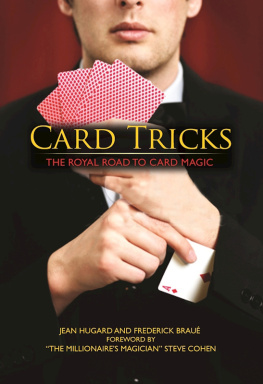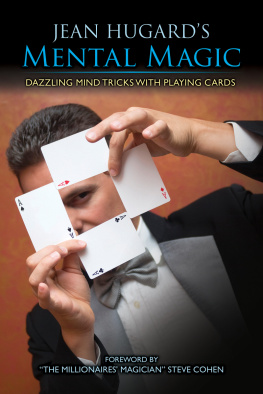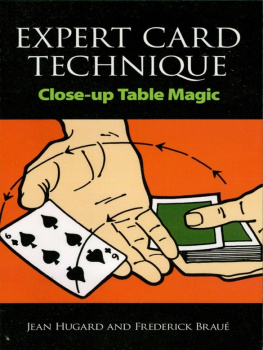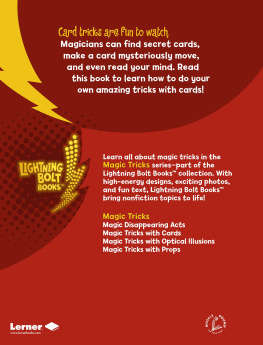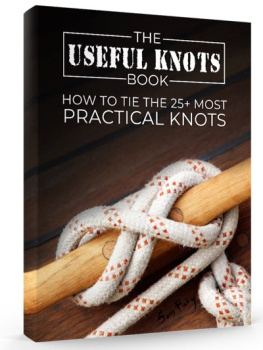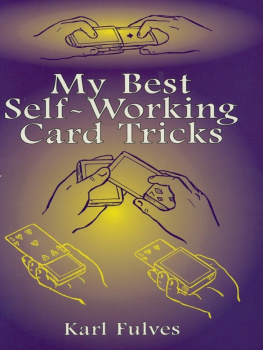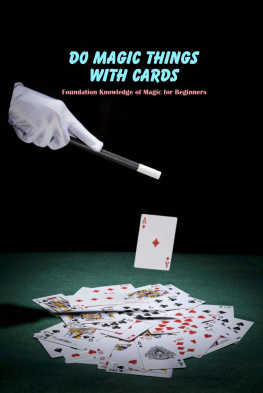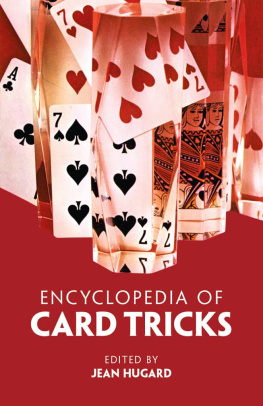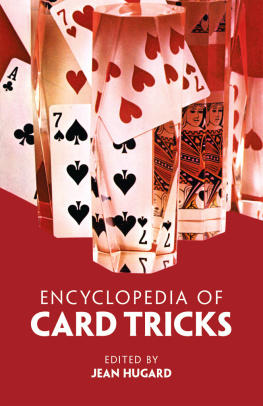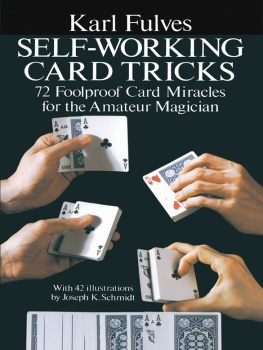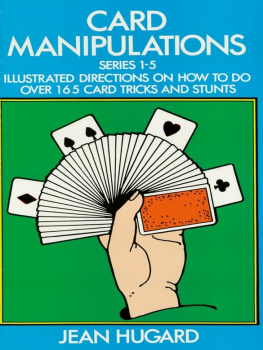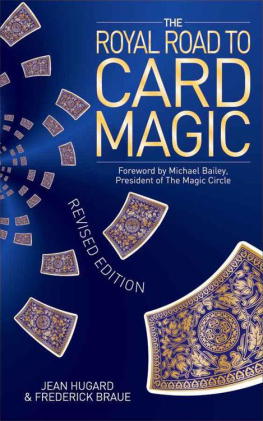

First published in 1948 by Harper and Bros.
First Racehorse Publishing edition 2016
Foreword 2016 Racehorse Publishing
All rights to any and all materials in copyright owned by the publisher are strictly reserved by the publisher.
Racehorse Publishing books may be purchased in bulk at special discounts for sales promotion, corporate gifts, fund-raising, or educational purposes. Special editions can also be created to specifications. For details, contact the Special Sales Department, Skyhorse Publishing, 307 West 36th Street, 11th Floor, New York, NY 10018 or .
Racehorse Publishing is a pending trademark of Skyhorse Publishing, Inc., a Delaware corporation.
Visit our website at www.skyhorsepublishing.com.
10 9 8 7 6 5 4 3 2 1
Cover photo credit: iStock
Print ISBN: 978-1-944686-27-7
Ebook ISBN: 978-1-944686-37-6
Printed in the United States of America
For
Millie and Annette
CONTENTS
.
.
.
.
.
.
.
.
.
.
.
.
.
.
.
.
.
.
.
.
.
.
.
.
.
.
.
.
.
.
.
.
.
.
.
.
.
.
.
.
FOREWORD

M usic is written by composers, recipes are created by chefs, but where do card tricks originate? Is there a secret society of card magicians who invent new ways to amaze every decade, or every generation? Is there a common toolbox these unnamed magicians consult when creating impenetrable mysteries using a deck of playing cards?
The short answer is that accomplished magicians from all over the world have built a broad body of work over hundreds of years, consisting of clever sleights and perceptive insights. They have published thousands of books and articles in industry journals, teaching a seemingly endless array of card tricks that evolve with each generation.
For the performing magician, there are few experiences more rewarding than doing tricks that leave audiences laughing and amazed, using nothing more than a deck of cards. Though some people may prefer to find entertainment online, card magic is an unplugged performance art that will never go out of style.
If you are new to magic and wondering where to start to learn the art and technique of doing tricks with cards, you can easily go online, click a few buttons, and learn tricks from online dealers, DVDs, and YouTube tutorials that offer instant access to the method behind each trick. While this easy access grants immediate gratification, it provides only a surface level understanding of how magic is performed. If you want to delve deeper into the historically rich field of magicif you want to become a magician and not simply someone who knows a few tricksyou have come to the right place!
Cracking the code of card magic is what this book is all about.
Undoubtedly, you want to learn strong, entertaining card tricks. No worries, there are dozens in these pages. More importantly, you will learn how to think about magic, how to treat magic as an art form and not merely as a means to show off for your family and friends.
The Royal Road to Card Magic has been considered a classic primer on card tricks since it was first published in 1948. Its a go-to teaching text because the authors, Jean Hugard and Frederick Braue, assume you are learning from the ground up, starting with no knowledge whatsoever. The lessons are taught in a linear fashion and build upon what the reader has just learned. For example, there is no need to learn a false shuffle until you first learn to control a selected card. The authors recognize this progression of skills and have structured the lessons so you will naturally be prepared for the next step.

I began studying card magic forty years ago. One of the first bits of advice I received from my magician uncle is that you only need to know three sleights: a pass, a palm, and a force. By combining these three maneuvers, you will have the ability to perform a wide variety of entertaining tricks. The Royal Road to Card Magic provides you with much more than what I started with: you will learn glimpses and double lifts, flourishes, and color changes. This book offers a full course in basic card handling in a logical, cumulative order, so to get the most out of it, I advise reading it from front to back. I suggest avoiding the urge to hop forward to what looks like an interesting section, and instead trusting the system that has stood the test of time.
In the mid-1940s, Jean Hugard was considered one of the greatest teachers in the history of magic. As a result, he was hired by R.J. Byron, a wealthy businessman in Philadelphia, to teach magic to his teenage daughter Roberta. The course material that Hugard had prepared for Roberta served as the blueprint of the system presented in this book.
Hugard had previously collaborated with Frederick Braue, a talented and creative cardman living in California, to write and publish the book Expert Card Technique . That book assumed an advanced level of understanding. Geared toward devotees of card magic, it focused on the latest techniques created by contemporary experts. In 1948, Hugard and Braue collaborated again to release The Royal Road , filling in the gap for neophytes who hadnt quite reached the proficiency required to read the earlier book.
Dont be turned off by the dated patter used to narrate each trick. Hugard was born in Australia in 1872, so his prose reflects the literary style of his age and culture. Look past the antiquated phrases and create patter that feels natural coming out of your own mouth, while retaining the spirit of Hugards instruction.
Although I am a professional magician, I still refer back to The Royal Road and am regularly surprised by a forgotten nuance or overlooked technique. The Optical Shuffle in is a perfect example. I recently added this false overhand shuffle to my show and have delighted at its deceptive qualities. Here is a good tip: videotape yourself practicing this shuffle. If you merely watch your reflection in a mirror, you will be unable to differentiate between your visual and tactile sensations. The Optical Shuffle looks deceptive to everyone except for the person performing it.
I also was happy to be reacquainted with the Lift Shuffle Force in . The magician appears to overhand shuffle the deck haphazardly, yet remains able to force a specific card on the audience. Using this move alone, you can perform a deceptive and natural force of the four aces, or any group of cards you wish to produce.
While it is vitally important to perfect techniques such as these, remember that technique does not exist in a vacuum. As you practice, think about how you will lead into a sleight, and how you will get out of it. It is misleading to stand in front of a mirror and practice a sleight repeatedly, thinking you have mastered the move. You will need to perform the sleight successfully as part of a trick before you can call it your own. Finger positions are important, but context is vital.
Once you have become accustomed to the basic finger positions, continue to practice your sleights with the intent of performing them for real audiences. Look up and away from your own hands, and imagine yourself making eye contact with living, breathing people. If you stare at your own hands while performing a sleight, you are inviting your audience to do the same. When you look at them, they will look at you. This is a basic tenet of misdirection, the ability to focus attention in the right place at the right time. With practice you will learn how to create the perfect moment to execute a secret sleight, such as a palm, pass, or top change.
Next page
